Melitta Weiss Adamson0313321477, 9780313321474
The book draws on a variety of period sources, including as literature, account books, cookbooks, religious texts, archaeology, and art. Food was a status symbol then, and sumptuary laws defined what a person of a certain class could eat—the ingredients and preparation of a dish and how it was eaten depended on a person’s status, and most information is available on the upper crust rather than the masses. Equalizing factors might have been religious strictures and such diseases as the bubonic plague, all of which are detailed here.
Table of contents :
ACKNOWLEDGMENTS……Page 8
TIMELINE……Page 10
INTRODUCTION……Page 18
GRAINS……Page 26
LEGUMES……Page 30
VEGETABLES……Page 31
SPICES……Page 40
FRUITS……Page 44
NUTS……Page 49
CONDIMENTS……Page 51
DOMESTIC AND WILD ANIMALS……Page 55
FISH……Page 64
DAIRY PRODUCTS……Page 70
BEVERAGES……Page 73
CHAPTER 2 FOOD PREPARATION……Page 80
CHAPTER 3 CUISINES BY REGION……Page 108
BRITAIN……Page 115
FRANCE……Page 126
SPAIN……Page 140
ITALY……Page 149
GERMANY……Page 156
THE LOW COUNTRIES……Page 166
CHAPTER 4 EATING HABITS AND FOODIDEAS……Page 180
CHAPTER 5 FOOD AND RELIGION……Page 206
CHAPTER 6 CONCEPTS OF DIET ANDNUTRITION……Page 230
CONCLUSION……Page 258
GLOSSARY……Page 262
SUGGESTED FURTHER READINGS……Page 264
SUBJECT INDEX……Page 270
RECIPE INDEX……Page 282
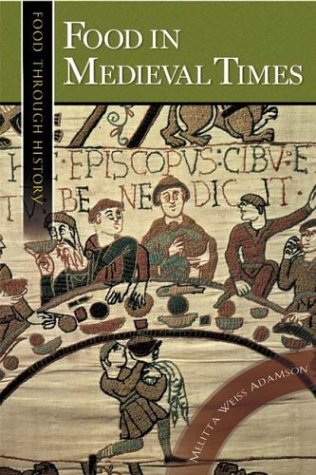
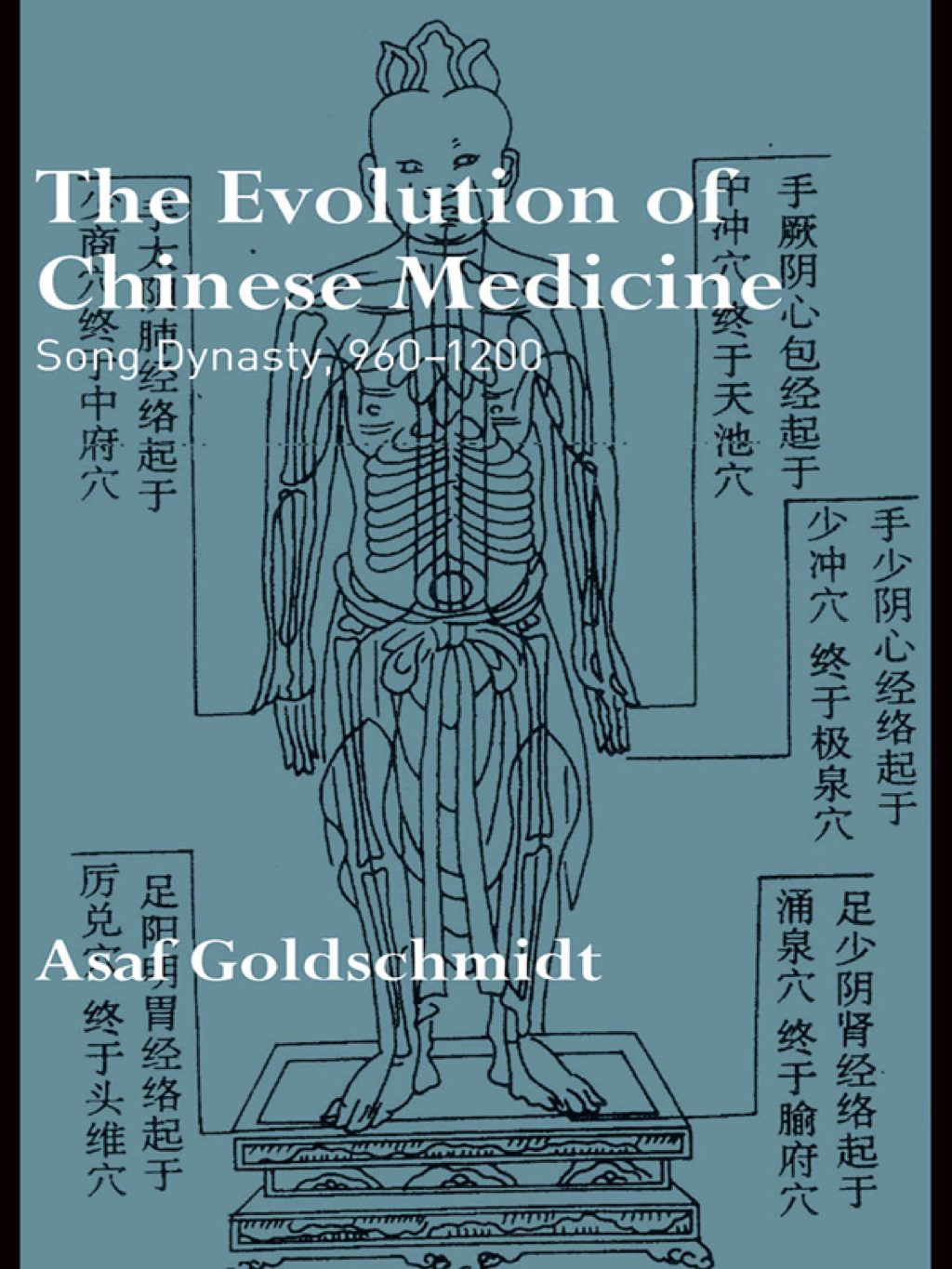
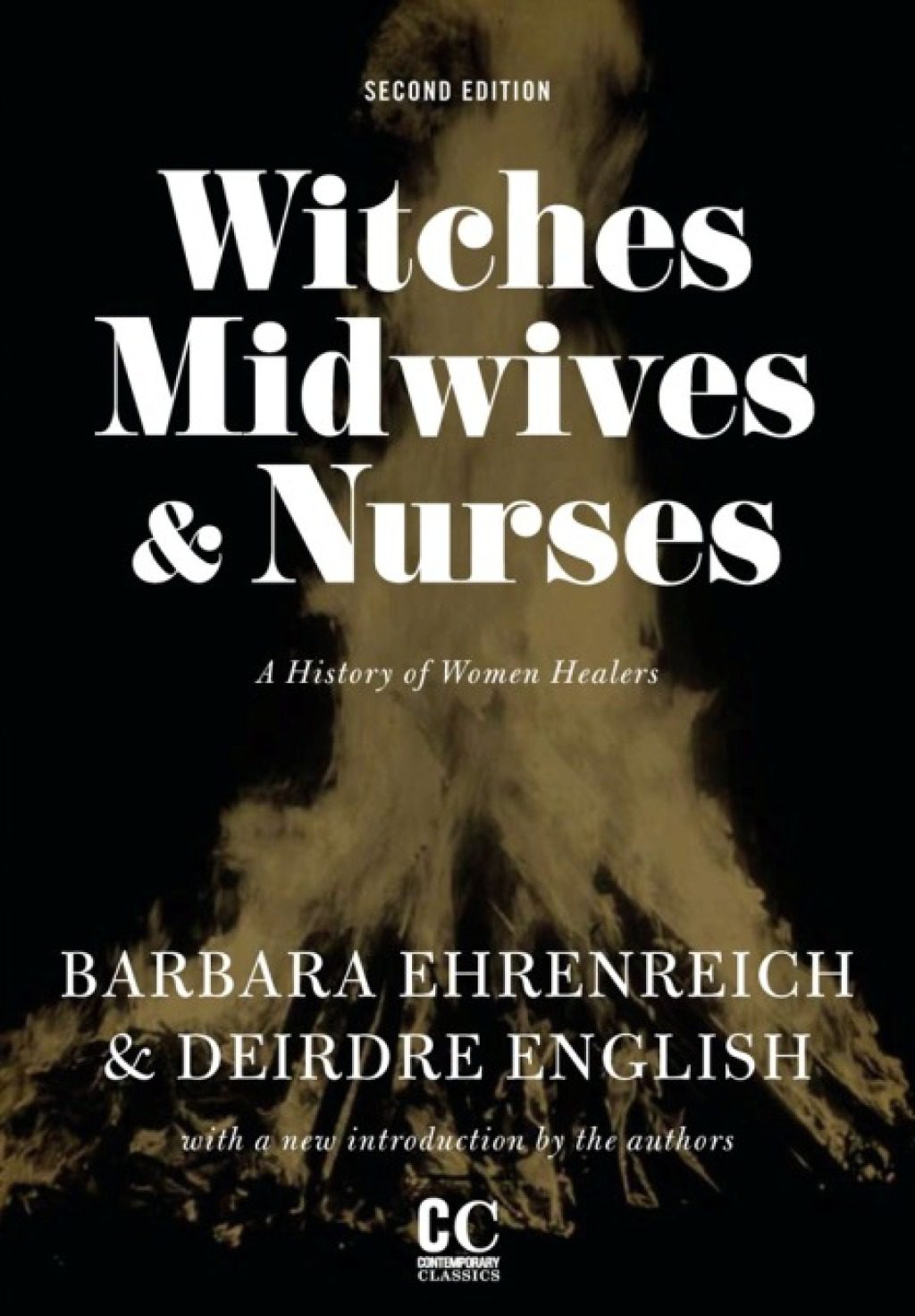
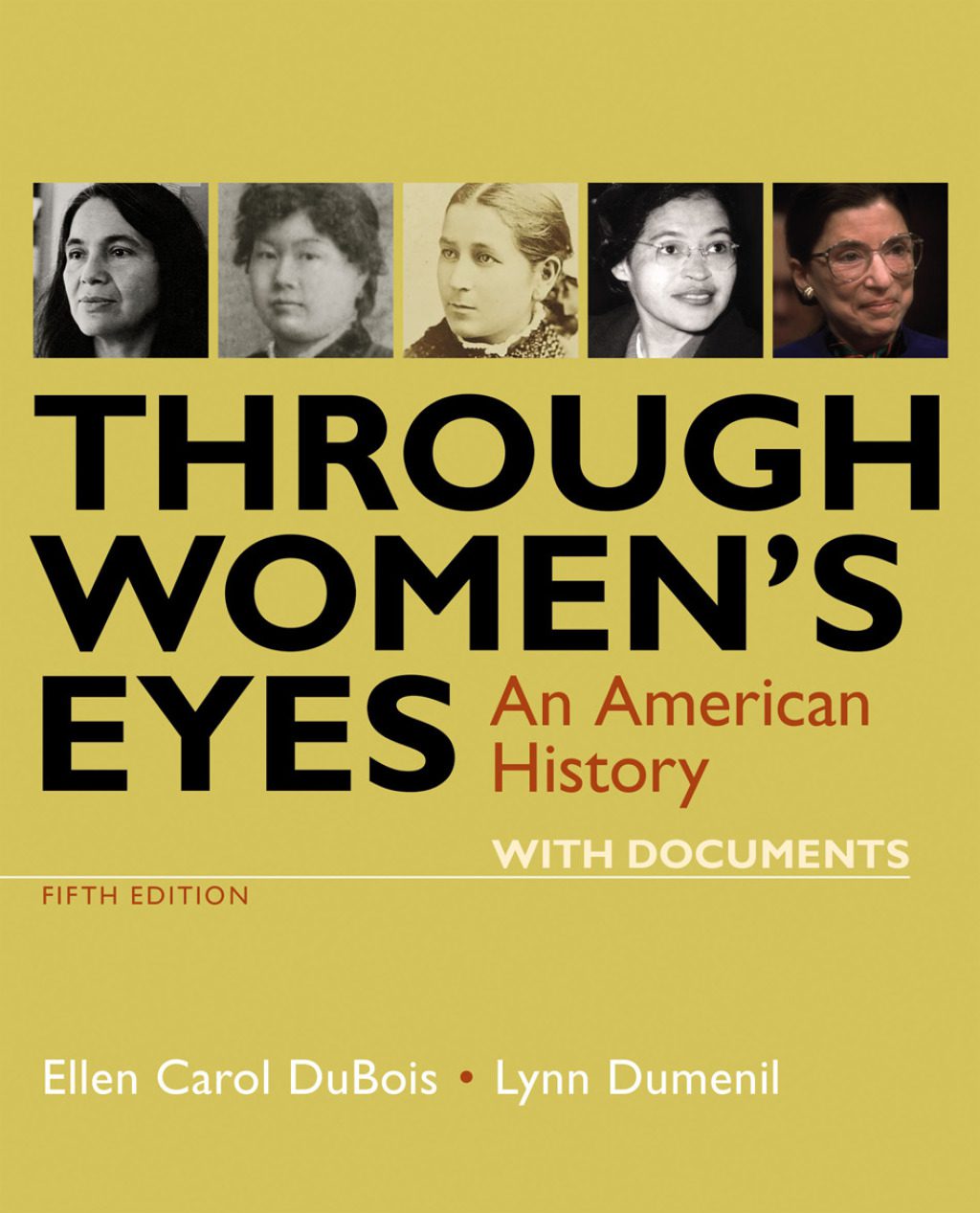
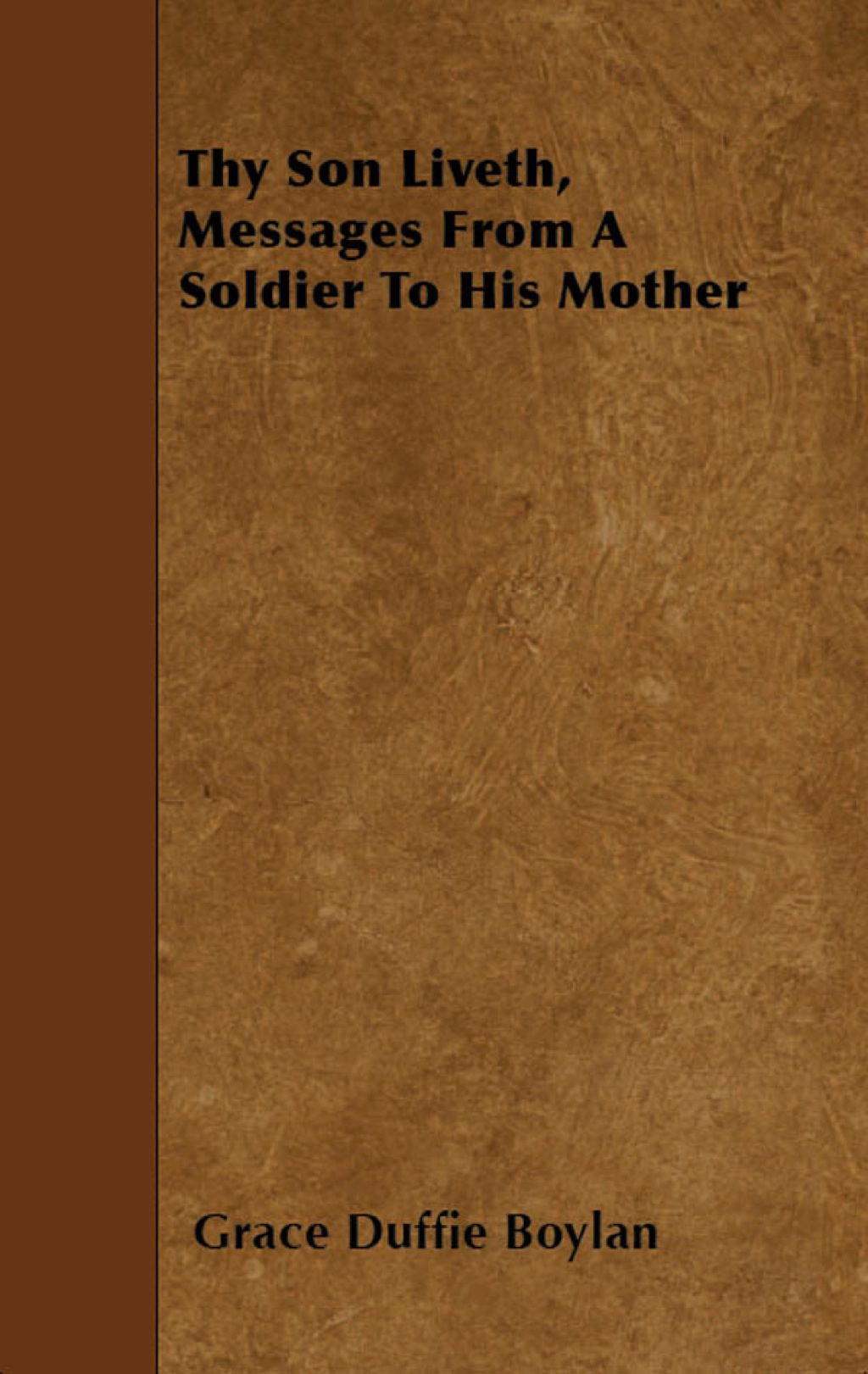


Reviews
There are no reviews yet.